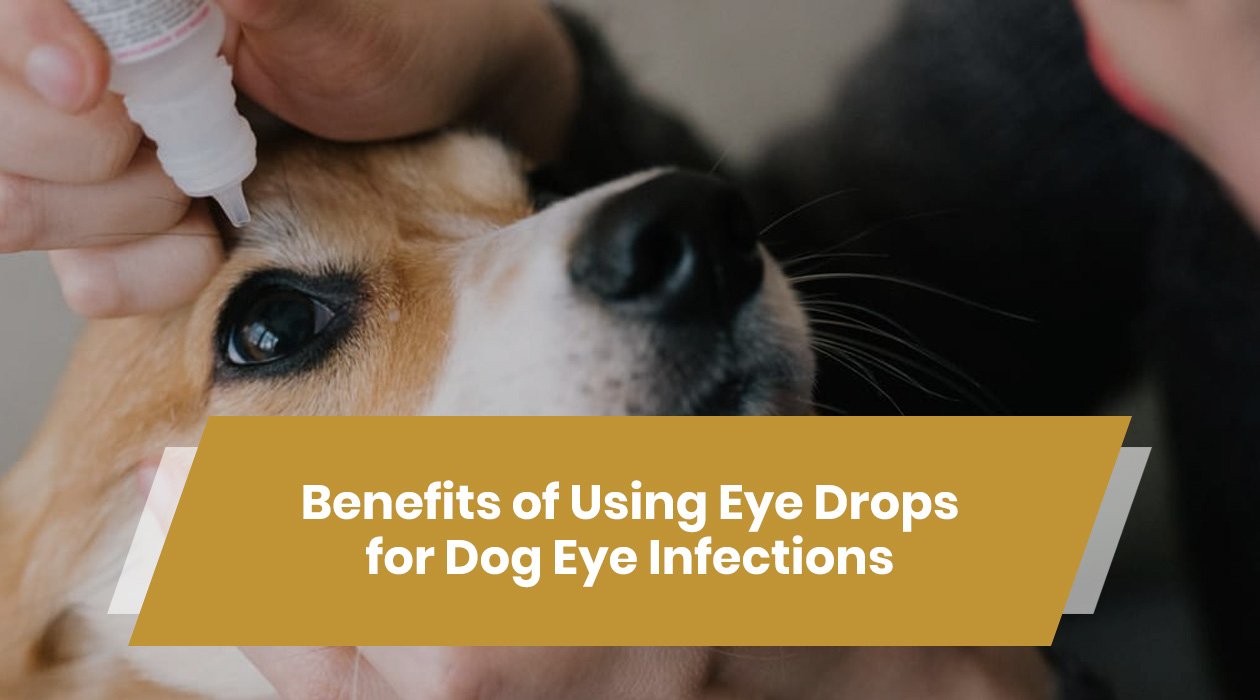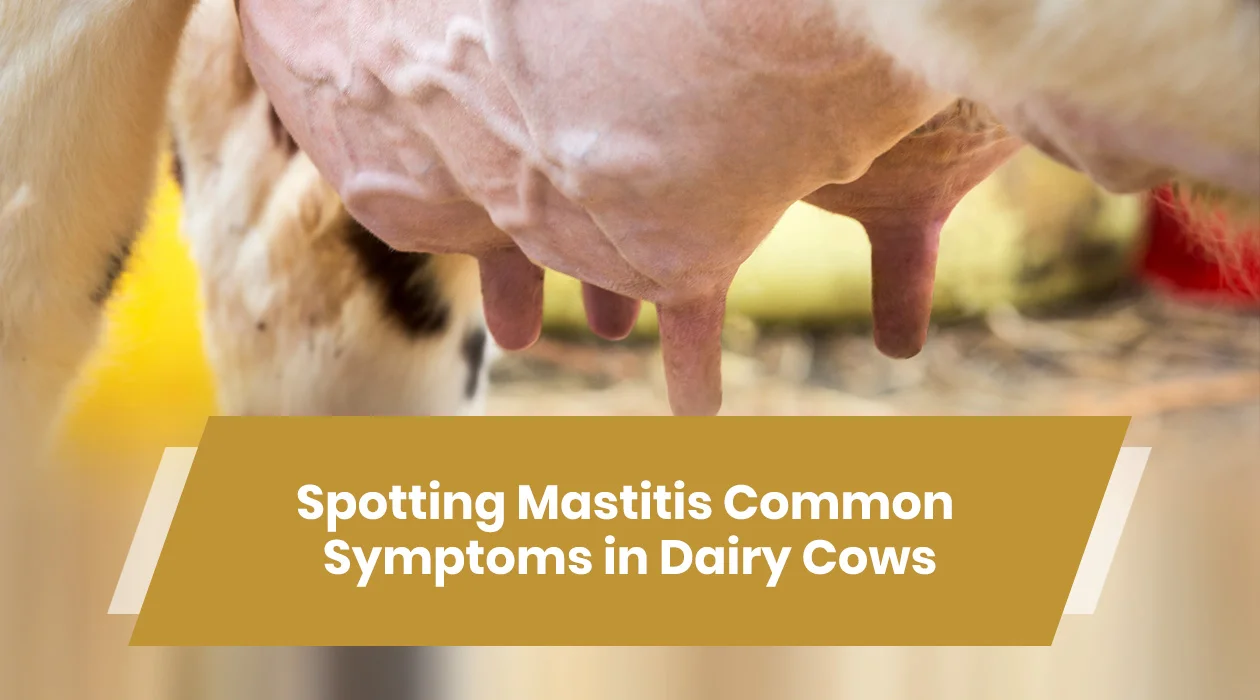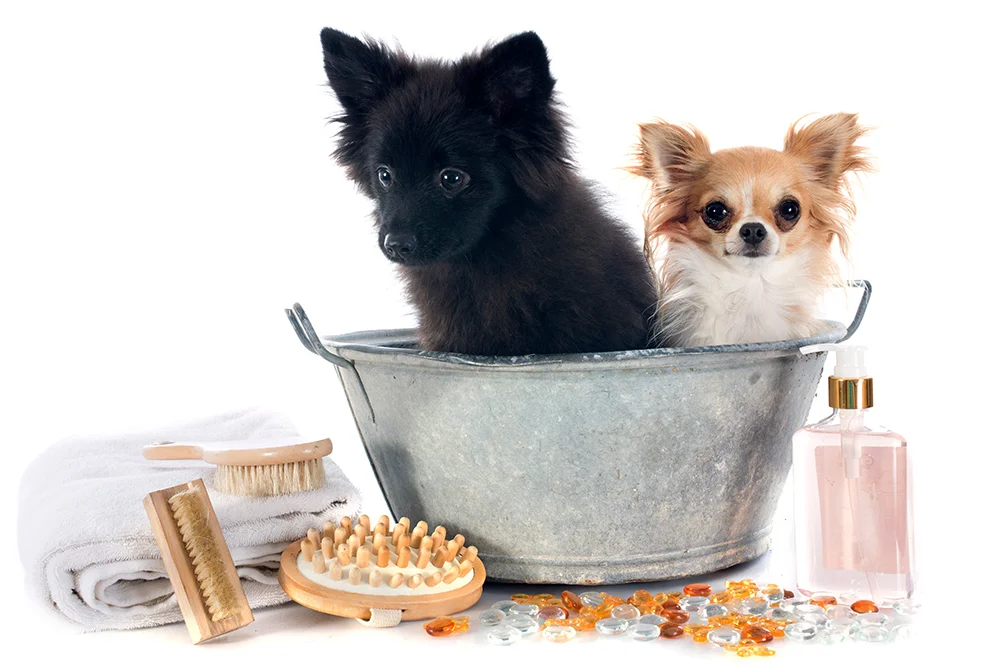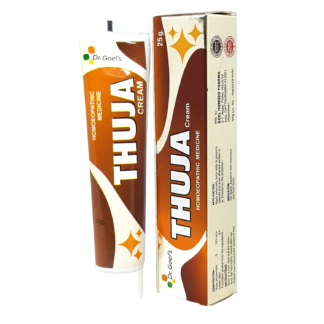1. CHANGE OF HABITS AND LIFESTYLES : A minor change every day on a small-scale basis can help your pets in the long run. Lifestyle invariably is coupled or intertwined massively with diseases and disorders. What you can do is, opt for a good healthier lifestyle. If your pet has been diagnosed with hip dysplasia for instance, your Vet may suggest you to alter your dogs’ feeding habits and losing weight could ultimately prove to be helpful in long term management of such disorders. No more puppy eyes and overfeeding!
2. LIMITING UNWANTED STRESS ON JOINTS : Jumping, running excessively, straining joints is totally not acceptable when in case your pet has joint related issues. Until recovery or until the major signs of joint-pain and discomfort subsides, ensure that your pet has limited to no access to such sofas/beds/etc which may require them to jump/run/move too frequently in such a manner that it may put undue strain on the joints hampering their recovery process.
3. JOINT SUPPLEMENTS : Joint supplements are one such important tool which provides necessary elements which helps comfort, subside signs and improve the standard of living extensively. These supplements usually contain Chondroitin Sulphate, Glucosamine hydrochloride, Omega-3 fatty acids Hyaluronic Acid, and such related contents which are exclusively important for joint health.
4. HOMEOPATHIC SUPPLEMENT : Me & My mobility Pet supplementation is very useful for the pets’ showing symptoms of articular or muscular rheumatism with or without inflammatory and febrile complaints. Other symptoms like stiff neck, rheumatic pain in the shoulders, twitching, stiffness and pain in the joints, cracking of joints, etc., are also managed.
Me& My Calcium supplement helps in growth and development of bones.
Supplements are a good way to ensure that our pets are provided with the extra cushioning support of essential minerals and help to manage the condition of Hip Dysplasia. Labradors are prone to put on weight due to genetic reasons which can worsen this condition therefore, proper weight management is very important in case of Labrador Retrievers. With apt treatment and excellent management care your pets can live a happier, healthier and better life!
Homeopathic Solution For All Skin Issues in Dogs and Cats

DERMISULE For All Kinds of Skin Issues in Pets:
DERMISULE for pets is the best remedy for dogs suffering from different skin conditions like eczema, allergies, rashes, lesions with hair loss, redness, dry, scaly, pus, or bloody discharge. Specific or general lesions or spots as in Mange disease can also be improved.
Me & My SKIN & COAT Pet Supplement is a peerless medicine for our pet’s skin and coat. It helps reattain natural skin and coat after injuries, chaps, cracks, scaly eruptions, or any acute skin lesion in pets. It is highly recommended to treat hair fall for any reason.
Me & My IMMUNITY Pet Supplement is a unique formula of valuable supplements for Dogs & Cats which help in maintaining and raising the IMMUNITY of your lovable pets. It is made for weak and old pets as it improves immunity, helps better utilization of food, and allay minor ailments or complaints of non-specific nature. It also gives strength to the body’s mechanism for fighting against germs of all kinds.

STRESSZA FOR PETS STRESS AND ANXIETY
STRESSZA for pets is an excellent remedy for treating Anxiety, Stress, and Canine Distemper. When your fur baby is unanimously scratching, barking, hiding behind, feeling anxious, eating nothing, even sometimes behaving wild or attacking unknowingly, etc. these all symptoms may be due to Anxiety and Stress or due to various causes of Canine Distemper. We have the best solution to all your problems, We have STRESSZA is a unique homeopathic veterinary formulation to relieve stress in pets.
Stressza for pets works for Stress due to Traveling, Crackers in Festive Season, Fighting with stray dogs, Home alone, Visiting Hospital for Vaccination, etc.

This is a unique supplement for pets experiencing extreme lassitude (inactiveness), depression, nervousness, irritability, hysterical behavior, night terror, insomnia, and other related symptoms.

GOHEAL SPRAY FOR Injury, FMD, and Burns
GOHEAL SPRAY is the best Homeopathic Veterinary Medicine for external use only to treat animal wounds caused due to any injury, FMD, burns, etc. It can also be used for mouth ulcers and cuts or burns on sensitive parts of the body. GOHEAL SPRAY works very fast to stop bleeding and start healing immediately.

 Australian Shepherd
Australian Shepherd Beagle
Beagle Belgium Shepherd
Belgium Shepherd Bernese Mountain Dog
Bernese Mountain Dog Border Collie
Border Collie Boxer
Boxer Bulldog
Bulldog Cavalier King Charles Spaniel
Cavalier King Charles Spaniel Chihuahua
Chihuahua Cocker Spaniel
Cocker Spaniel Dachshund
Dachshund Doberman Pinscher
Doberman Pinscher Dogo Argentino
Dogo Argentino French Bulldog
French Bulldog German Shepherd
German Shepherd Golden Retriever
Golden Retriever Great Dane
Great Dane Himalayan Shepherd
Himalayan Shepherd Indie Dogs
Indie Dogs Labrador Retriever
Labrador Retriever Pakistani Bully
Pakistani Bully Pembroke Welsh Corgi
Pembroke Welsh Corgi Pitbull
Pitbull Pomeranian
Pomeranian Poodle
Poodle Pug
Pug Rottweiler
Rottweiler Shih Tzu
Shih Tzu Siberian Husky
Siberian Husky Yorkshire Terrier
Yorkshire Terrier Australian Shepherd
Australian Shepherd Beagle
Beagle Belgium Shepherd
Belgium Shepherd Bernese Mountain Dog
Bernese Mountain Dog Border Collie
Border Collie Boxer
Boxer Bulldog
Bulldog Cavalier King Charles Spaniel
Cavalier King Charles Spaniel Chihuahua
Chihuahua Cocker Spaniel
Cocker Spaniel Dachshund
Dachshund Doberman Pinscher
Doberman Pinscher Dogo Argentino
Dogo Argentino French Bulldog
French Bulldog German Shepherd
German Shepherd Golden Retriever
Golden Retriever Great Dane
Great Dane Himalayan Shepherd
Himalayan Shepherd Indie Dogs
Indie Dogs Labrador Retriever
Labrador Retriever Pakistani Bully
Pakistani Bully Pembroke Welsh Corgi
Pembroke Welsh Corgi Pitbull
Pitbull Pomeranian
Pomeranian Poodle
Poodle Pug
Pug Rottweiler
Rottweiler Shih Tzu
Shih Tzu Siberian Husky
Siberian Husky Yorkshire Terrier
Yorkshire Terrier Abyssinian
Abyssinian American Bobtail
American Bobtail American Shorthair
American Shorthair Balinese Cat
Balinese Cat Bengal Cat
Bengal Cat Birman
Birman Bombay Cat
Bombay Cat British Longhair
British Longhair British Shorthair
British Shorthair Burmese Cat
Burmese Cat Devon Rex
Devon Rex Exotic Shorthair
Exotic Shorthair Himalayan Cat
Himalayan Cat Maine Coon
Maine Coon Oriental Shorthair
Oriental Shorthair Persian Cats
Persian Cats Ragdoll
Ragdoll Scottish Fold
Scottish Fold Siamese Cat
Siamese Cat Siberian Cat
Siberian Cat Sphynx Cat
Sphynx Cat










































































